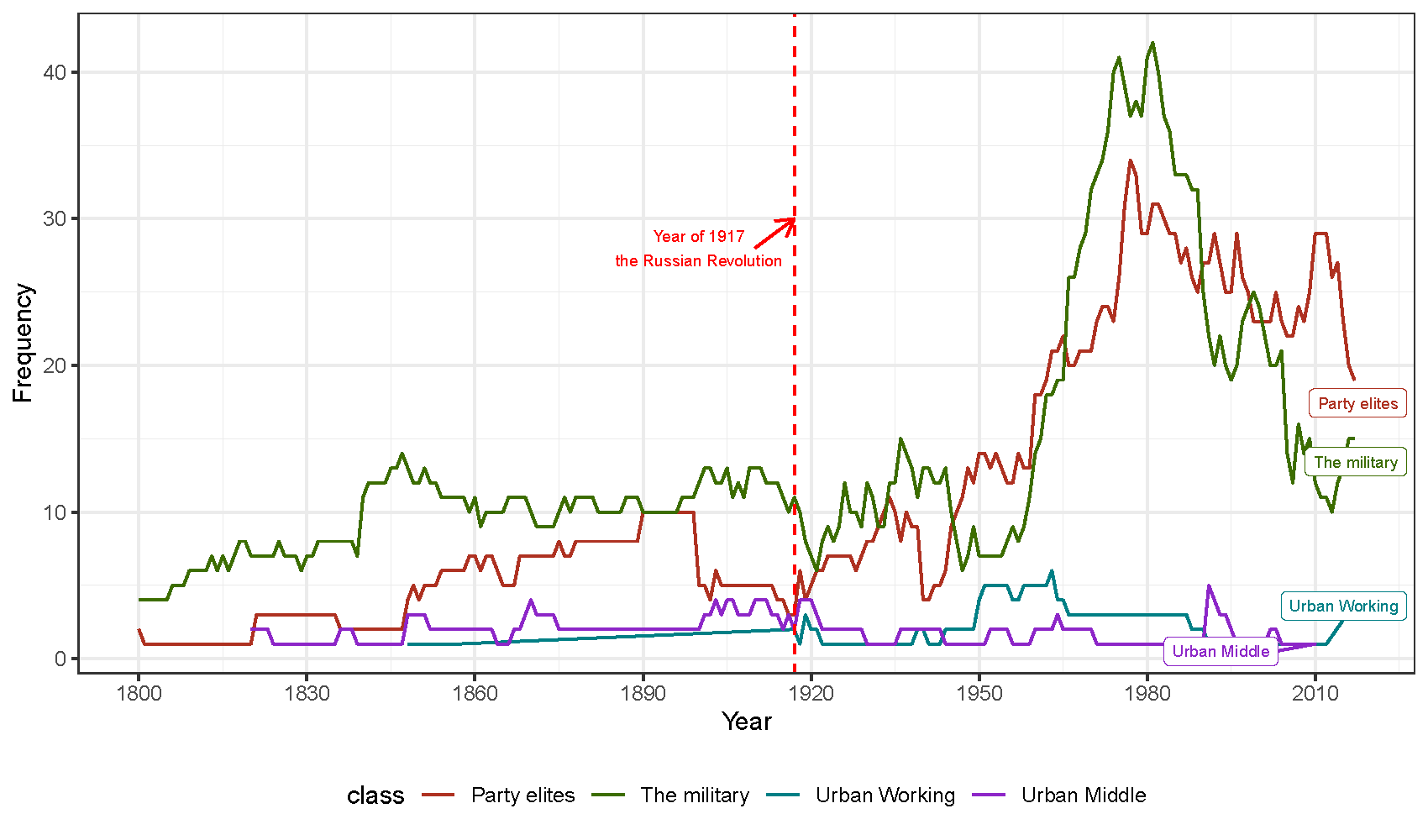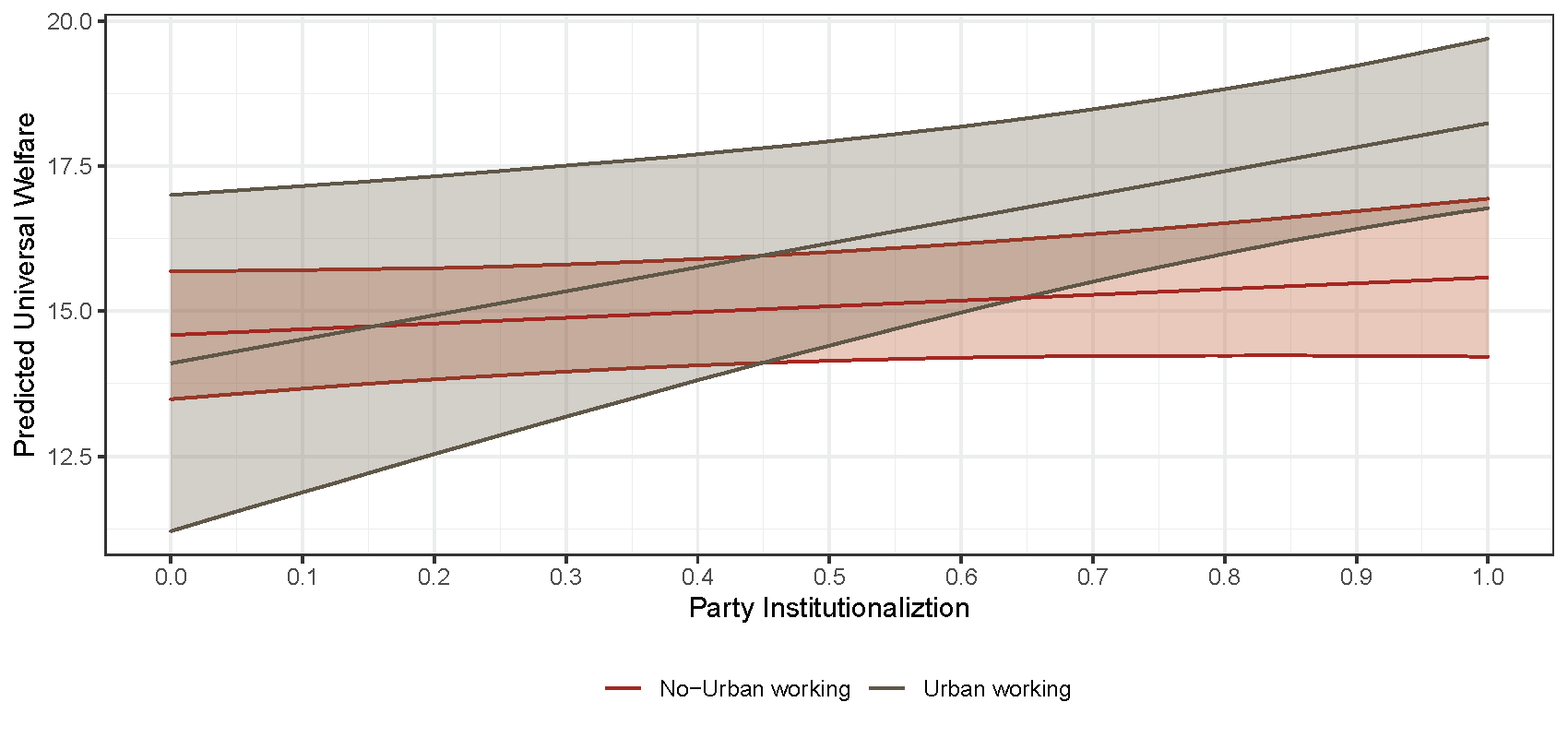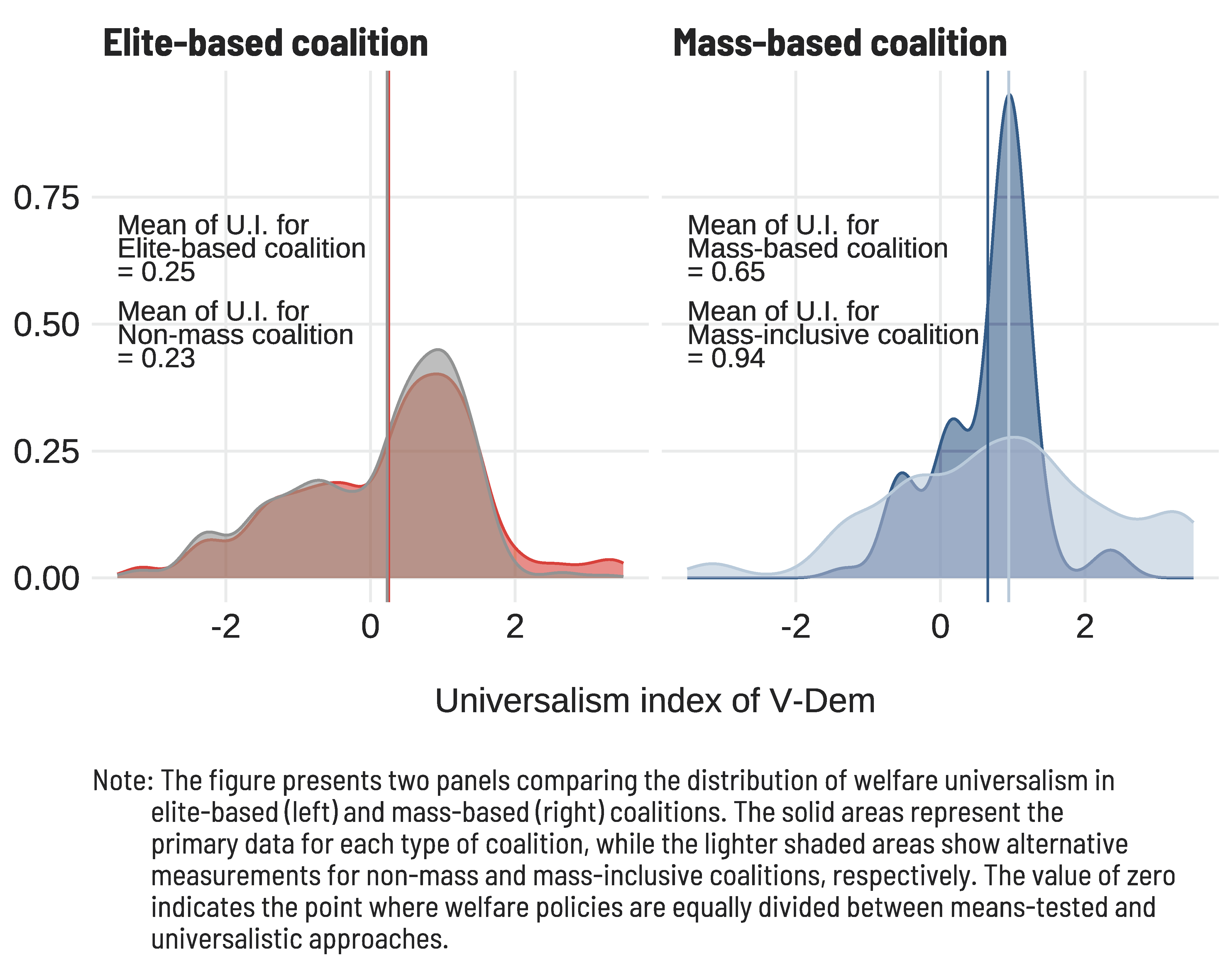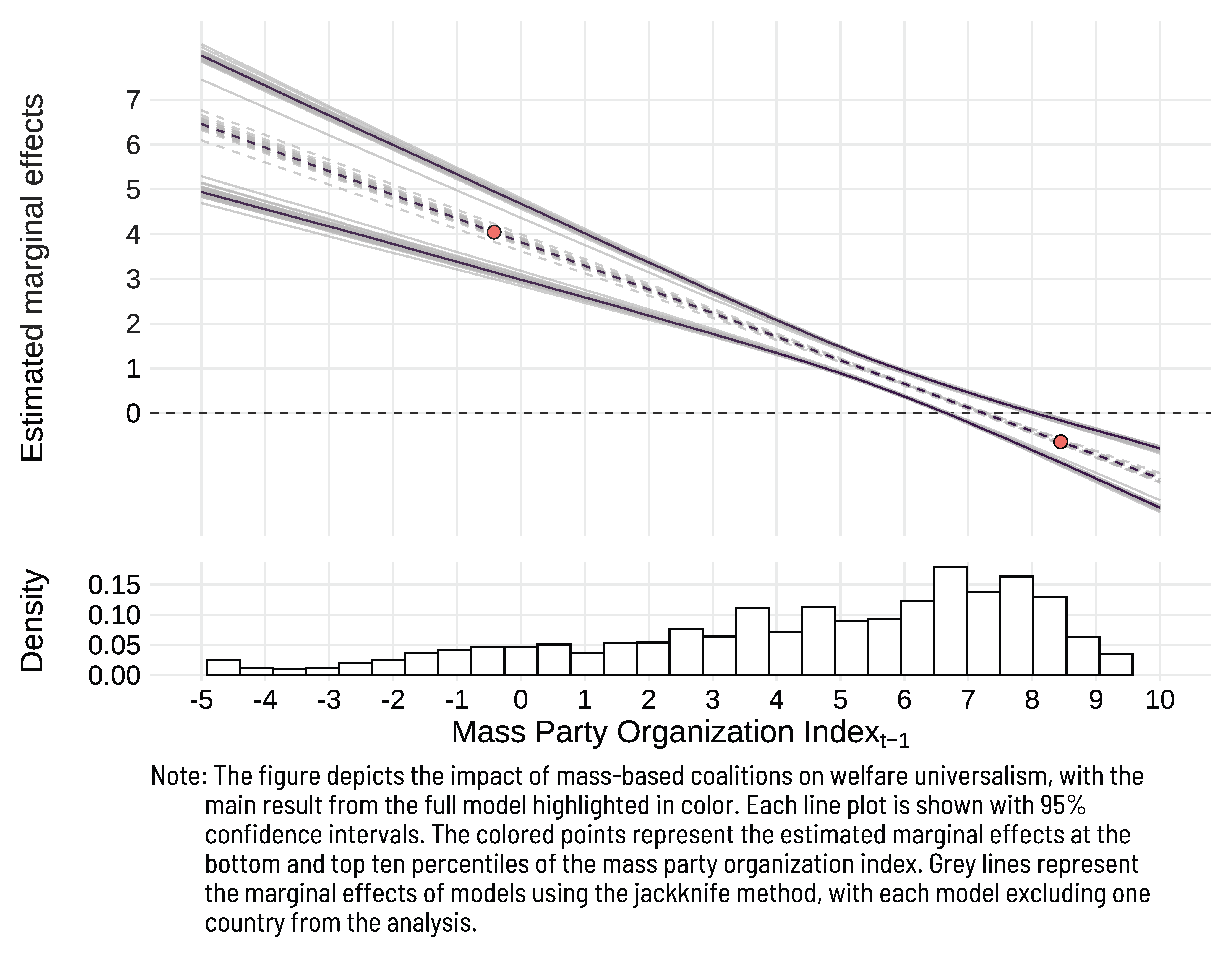Important links
Abstract
This paper evaluates why authoritarian regimes design social policies to provide the welfare. Social welfare policies are coordinated outcomes that link the political and economic realms together. Despite a rich literature on this topic in industrialized democracies, little research has investigated the mechanisms in authoritarian regimes. I argue that the limited focus on welfare provision in democracies stems from several flawed assumptions about the ability of modern autocracies to create similar programs and the mechanisms behind it. Although autocrats are more autonomous decision makers than democratic leaders, they rarely rule alone. As such, social policies in authoritarian regimes are driven by the autocrats’ need to create stable ruling coalitions. The welfare provided in authoritarian regimes should differ depending on the groups on which the autocrat depends for support. The ability to effectively decommodify welfare and provide assistance should also vary based on regime characteristics and resource availability. I examine this using data on authoritarian regimes and social policies over the period 1917 to 2000, showing that authoritarian welfare provision depends on the ruling coalition in place.
Theory
A Coalition Theory of Welfare Provision in Autocracies
A coalition theory I develop in this paper argues that different classes that autocrats need to co-opt have different influence on welfare provisions in authoritarian regimes. Then, who does posit the possible threats on autocrats? I focus on the working class that has strong preference toward extensive welfare. I expect autocrats should consider the working class as a necessary component of their ruling coalition to stay in power even rather than the middle class that is usually considered as an essential group for welfare extension and regime transition.
H1: The working class’s influence on universal welfare is greater than the middle class.
Recent works propose a potential alternative explanation for authoritarian welfare programs. Focusing the capacity of parties to provide public goods, recent works argue that highly institutionalized parties can contribute to fostering economic performances. The more autocrats with institutionalized parties want to maintain power, the more likely they are to run universal social policies.
H2: The higher levels of party institutionalization increase the universality of welfare programs.
Both hypothesis above argue that coalition with working pushes autocrats to promote universal welfare programs, and institutionalized party enhances universal welfare programs. When we expect that institutionalized parties contribute to universal welfare programs by forming stable linkages with broad social groups, then the institutionalized party can aggregate the demands of working classes in a more organized and efficient way. When the demand-side (working classes) requires universal welfare and there exists a platform (institutionalized party) to redeem their desire credibly, then autocrats can handle the class coalition using institutionalized party with much universal welfare programs.
H3: The working class’s influence on universal welfare is greater when party institutionalization increases.
Data
Welfare Programs and Class Coalitions
I use the variable measuring regime’s most important support group (v3regimpgroup) of the V-dem data set. The variable is measured by asking, “which (one) group does the current political regime rely on most strongly in order to maintain power.” It contains categories of which, if it were to retract its support to the regime, would most endanger the regime. Although Class coalition shows various classes that matter for the political survival of regimes, I manipulate the variables v3regimpgroup according to theoretical expectations.

Party Institutionalization
To show how autocrats co-opt the potential class coalition in selectorate, I include party institutionalization index (P.I.) that comes from the V-Dem data set.
Estimation Strategy
I test the hypotheses with an unbalanced, time-series cross-sectional (TSCS) data that cover 95 autocracies, respectively, during the period 1917–2000. TSCS data has the advantage of being able to track the correlation of various variables simultaneously with the differences across units and the longitudinal changes of individual units. However, TSCS data with OLS regression can lead to several problems such as heteroskedasticity and autocorrelation, which produce inefficient estimates.
I estimate the models with panel-corrected standard errors to deal with heteroscedasticity problem.
I include unit dummies (here, state dummies) to control unit-specific varying factors that are difficult to observe and quantify.
I manipulate three-period dummies to control exogenous global events that are expected to affect welfare programs such as World War I, II, and the Cold war period.
Results


Conclusions
This study argues that how universal welfare programs depend on the groups with which autocrats want to make a coalition. Autocracies and democracies can show similar paths: class coalition leads to welfare provision. The social mobilization driven by class coalition leads to democracy (democratization) only if the participation of wide populace exists. In this case, social mobilization leads to expansion of welfare provision via democratization. However, autocracies can display different mechanism that they co-opt specific classes and expand selective welfare. If so, social mobilization leads to social pressure, which makes autocracies try to co-opt dissatisfactory classes, but does not allow participation in decision-making process. Then, the social mobilization will leads to expanding of welfare provision, but the underlying mechanisms will be different (Participation vs. Co-optation).
Implications
In autocracies, class differences exist: Urban working class is greater than urban middle class in universal welfare. Thus, class coalition matters in autocracies.
The relationship is affected by party institutionalization but still holds. Institutionalized parties matter (consistent with recent works) and effect of coalitions are mediated by institutionalized parties.

